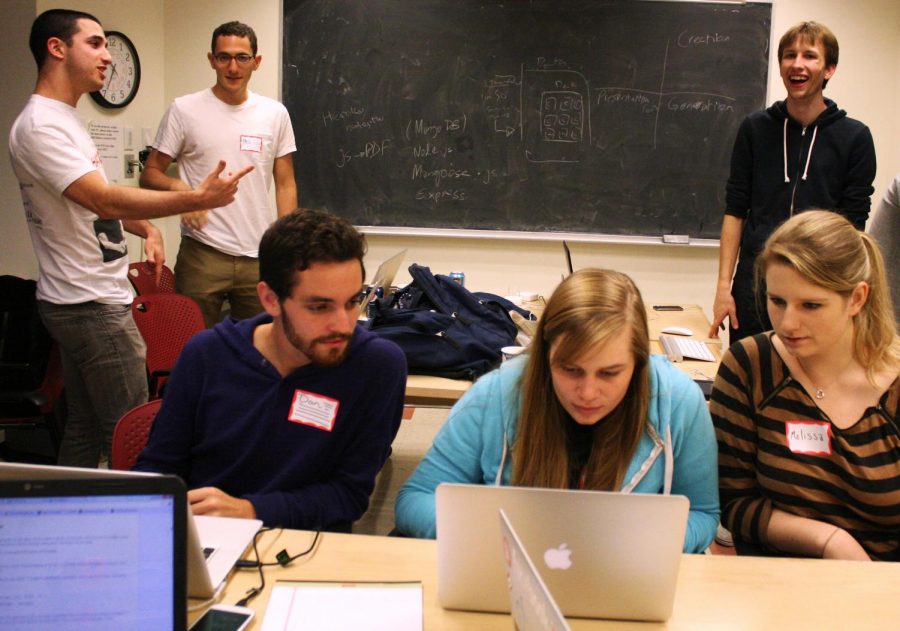Higher education should be more creative
We should look outside of traditional education so students can make connections that matter to them
April 18, 2018
Creative interaction with information is arguably the most important part of education, yet it’s hardly used in a classroom. Instead, we box learning into textbooks, lectures, papers, exams, etc.
This is not to say these traditional elements don’t have a role in school, but they can’t be the only strategies professors rely on to help us advance. The way we learn shapes how we view the world, and we need to understand that creative interactions help us gain information through experience.
Lisa Johnson-Shull, associate director of the Writing Center, has found success in emphasizing unique ways to give her students information, while also providing a platform for developing their own ideas.
Over her 30 years as a professor in education, she said, her favorite method was to use process-oriented group interactive learning: student groups that create conversations and interactions revolving around the class material, often prompted by the instructor but not guided by them.
Each person involved in the group is tasked with specific roles, like keeping the conversation on track, or helping to find the hidden meanings within the discussion. The overall point is that students learn from their own and their peers’ interpretation of the material.
“A huge amount of the conversation was them reading what they wanted outside of the class and then talking about it,” Johnson-Shull said. “It worked really well because the conversations were full and energetic.”
Because of this engagement, students are able to develop their own ideas and thoughts on the subject matter. This freedom allows for new ideas to surface without being influenced by information given to them through presentations and strict outlines. It also allows for ideas to compete without one viewpoint dominating, creating an environment for discovery. NICK SANDIFER | THE DAILY EVERGREEN
NICK SANDIFER | THE DAILY EVERGREEN
There is no such thing as the ultimate authority on anything — we are constantly developing and learning from every innovation and discovery we make. This is how we’ve progressed as a society.
Culture creates people, and culture is created by the education of people. Learned behaviors, learned mindsets, learned opinions. We are social creatures, but our way of socializing has changed. Now, we have more sources giving us more information at a faster pace, and instructors have to work to make the information stick.
“We live in an information glut,” Johnson-Shull said. “Unless anyone asks you to use the information for something immediately, it’s going to slide out and be replaced by more information.”
The method of creative instruction Johnson-Shull uses has a versatility that can apply to any subject, from English to biology to mathematics. It also gives the students more activity and power in their own learning and development. They are allowed to discover instead of simply trying to find the answer the professor wants.
“The role of student is a subordinated position,” Johnson-Shull said. “If you’re giving them a job of maker or doer, it gives [them] a sense of agency or authority. You have to give them opportunities to practice that and support them with that.”
Teaching people creatively, no matter the subject, allows for rules to be bent or broken in the process of developing new ideas and concepts. The right teacher can change how a person sees a subject, but the right teaching method can change how a person sees the world.

















